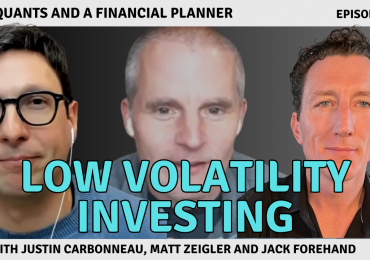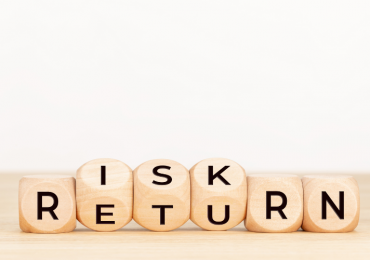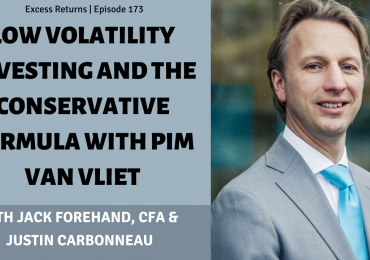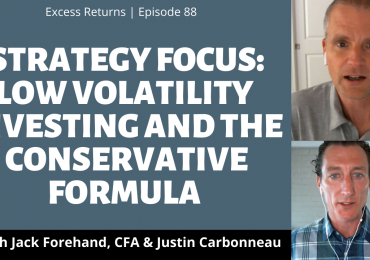“Low volatility” funds have surged in popularity recently as investors have poured nearly $10 billion into them so far in 2016, which has significantly increased their price. At the end of 2015, one such “low vol” fund (i.e., specializing in stocks that fluctuate less than the broader market) had a P/E ratio just above the market as a whole. By the end of April 2016, it was “nearly 10% more expensive than the market average,” reports a recent Wall Street Journal blog piece. Nardin Baker of Guggenheim Partners Asset Management, who has written on and managed such funds for decades, says that low volatility stocks have outperformed the market by an average of about 1 percentage point annual with roughly 30% less risk. Dan Draper, who manages a low volatility fund for Invesco Powershares, says that investors pay less in bull markets for stocks that don’t make big moves, which made them cheap. “But can unpopular investments continue outperforming after they become popular?” the article asks. Andrew Ang of BlackRock says that potential overvaluation is “a valid concern” and “excessive crowding of any strategy should send up a red flag of warning,” but that these stocks are not currently “at extreme values by any standard.” Although Baker says “anybody who’s in low vol right now, they’re not going to be hurt,”but Dave Nadig of FactSet says that “if everybody’s chasing the same stocks, eventually they will no longer be cheap and returns will regress to the mean.” Ang says investors should not “go into low vol to outperform the market,” but “to reduce your risk.”
Related Articles
- Related Articles







